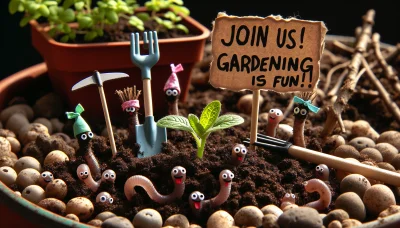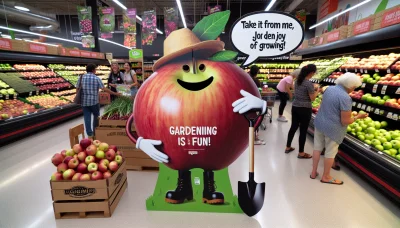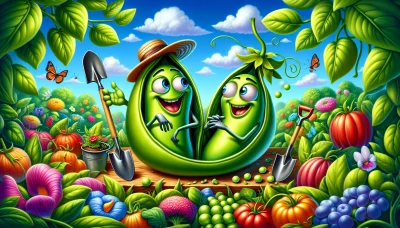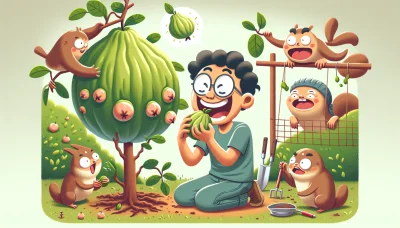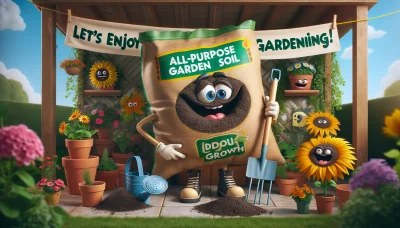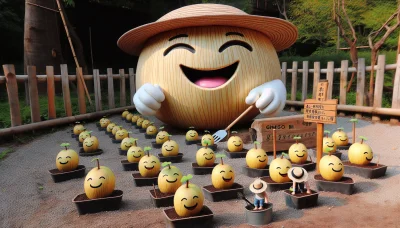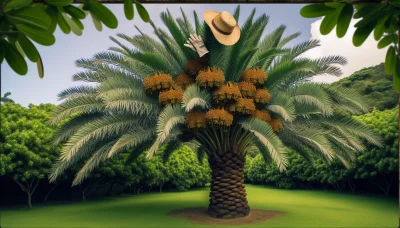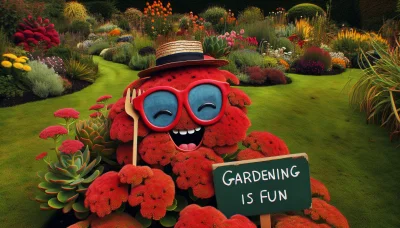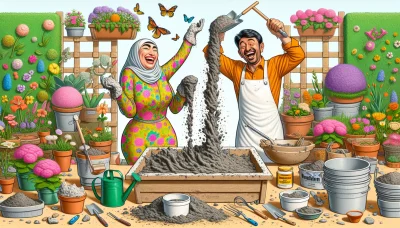Discovering Unique Garden Art Quiz
Test Your Knowledge
Question of
Discovering Unique Garden Art
Unique garden art encompasses a wide range of creative expressions that transform ordinary gardens into extraordinary outdoor spaces. It goes beyond traditional landscaping to include sculptures, water features, whimsical repurposed items, and custom installations that reflect personal style and creativity. The importance of unique garden art lies in its ability to enhance garden aesthetics by adding color, texture, and visual interest. It creates focal points, evokes emotions, and can even tell a story, making the garden a more engaging and enjoyable space. By integrating unique art pieces, gardeners can showcase their individuality while elevating the overall beauty and character of their outdoor sanctuaries.
Types of Garden Art
- Sculptures
- Water Features
- Decorative Planters
How to Choose the Right Garden Art
When selecting art for your garden, there are several factors to consider to ensure that your outdoor space is both beautiful and harmonious. First, think about the style of your garden and the type of art that would complement it. Whether your garden has a modern, minimalist vibe or a more traditional, cottage-style feel, choosing art that aligns with this aesthetic is key. Next, consider the material of the garden art. Materials like stone, metal, and ceramic can withstand different weather conditions, so it's important to choose something durable that will age well in your specific climate. Speaking of climate, it plays a significant role in your selection process. Art pieces that are perfect for a dry, sunny climate may not hold up well in more humid or variable weather conditions. By taking style, material, and climate into consideration, you can select garden art that enhances your outdoor space and brings you joy for years to come.
DIY Garden Art Ideas
- Homemade Bird Baths - Use old dishes, pans, or even terracotta pots turned upside down and topped with a shallow bowl to create a welcoming spot for birds.
- Painted Rocks - Collect stones of various sizes and paint them with colorful designs or messages to add pops of color throughout your garden.
- Garden Markers - Craft your own plant markers using wooden spoons, sticks, or stones, and paint or burn in the names of your plants.
- Bottle Cap Mosaic - Collect bottle caps in different colors and use them to create a mosaic on a garden path or table top.
- Fairy Gardens - Create a magical miniature garden using small plants, tiny furniture, and figurines to invite whimsy into your garden.
- Wind Chimes - Assemble a unique wind chime using old keys, silverware, or small pieces of driftwood for a soothing garden melody.
- Teacup Bird Feeder - Glue a teacup to its saucer, fill it with birdseed, and hang it from a tree to attract feathered friends.
- Recycled Tire Planters - Paint old tires in bright colors and use them as eye-catching planters for flowers or herbs.
- Glass Jar Lanterns - Fill glass jars with string lights or candles to create enchanting lanterns for evening garden ambience.
- Pallet Garden - Use old pallets to build a vertical garden for herbs, succulents, or small flowers, saving space and adding interest.
Incorporating Garden Art into Your Landscape
Strategically placing garden art within your landscape can significantly enhance the natural beauty of your garden. The key is to integrate art pieces in a way that they blend seamlessly with the environment rather than standing out awkwardly. Start by considering the overall theme and style of your garden - whether it's a serene Japanese garden, a whimsical fairy garden, or a formal English garden. Choose art that complements this theme. Placement is crucial; think about how the art will be viewed from various angles and how it interacts with the changing light throughout the day. Consider using art as a focal point in a quiet corner or as a surprise element hidden among the foliage. Remember, the goal is to add to the beauty and harmony of your garden, creating a cohesive and inviting outdoor space.
Maintaining Your Garden Art
To ensure your garden art remains a vibrant and integral part of your outdoor space throughout the year, it's crucial to adopt a few maintenance strategies. First, consider the material of your garden art; metals need rust prevention, while wood may require regular sealing or painting. During winter, it's advisable to store delicate pieces indoors or cover them to protect from frost and freeze damage. Regular cleaning to remove dirt, debris, and potential moss or algae growth will keep pieces looking their best. Finally, positioning plays a role in preservation—placing items where they can be shielded from harsh weather can extend their lifespan significantly.

